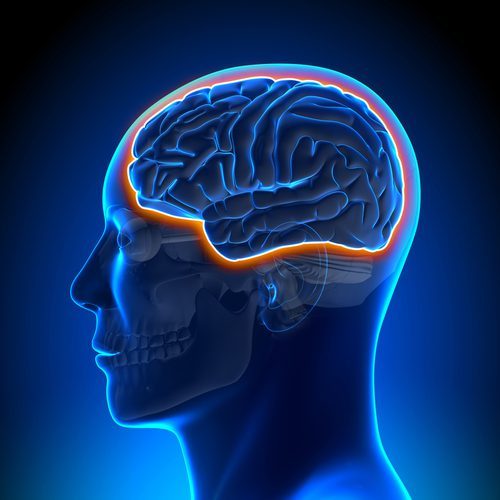
The Blood-Brain Barrier
This may sound like something out of a horror movie, but the blood-brain barrier is the brain’s own security system. The brain is the only organ to have this system. It allows good, essential nutrients into the brain while keeping out other substances. There are blood vessels in the brain with cells that are tightly wedged together, creating a barrier between the brand and the bloodstream.
The blood-brain barrier helps block harmful substances from entering the brain. These harmful substances can include bacteria and other toxins. On the other side of this, there are key nutrients that need to enter the brain. These nutrients are necessary for the brain to function effectively.
Antidepressants, anti-anxiety medications, alcohol, and cocaine can slip through the cells that make up the blood-brain barrier. These chemicals are considered small and fat soluble and they can get to the brain without much effort. Larger chemicals such as glucose or insulin, only get to the brain if they are transported by proteins. These proteins are called transporter proteins and they selectively snag and pull desired molecules from the blood into the brain.
If you think of the blood-brain barrier as an invisible line, you can maybe visualize cells on other side of this line. These cells are in constant communication with each other and they “talk” about which chemicals to let through and when.
Sometimes the blood-brain barrier breaks down and some chemicals that are normally kept out of the brain are granted access. This can cause problems including a few neurological disorders.
Drugs such as cocaine and methamphetamines can dissolve easily and are fat soluble, meaning they can permeate the blood-brain barrier. Once inside the brain, they produce alterations of the mind by altering normal levels of chemicals called neurotransmitters. One consequence of this neurotransmitter alteration by cocaine and methamphetamines is an increase in the amount of heat kept inside the brain and the body. This creates overheating, which can cause damage to walls inside the blood-brain barrier. With excessive use of these drugs, large gaps are formed which grant access to other chemicals that should not be allowed into the brain.
In terms of negative consequences associated with cocaine or methamphetamine use, one can consider that using these substances allows other chemicals to enter the brain. These other chemicals can cause infection, neurological problems, and other more severe disorders.







